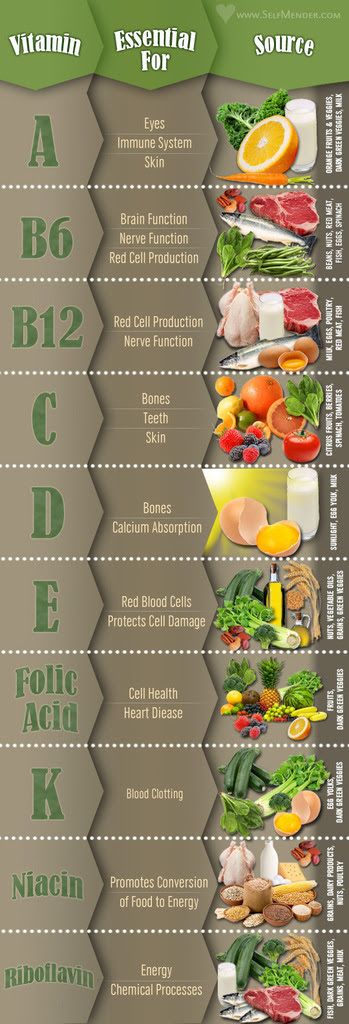Because many people eat unhealthy and processed foods, many essential vitamins might be skipped in a daily diet, leaving your body not functioning as it should. The human body shows us when something is not quite right. This article will help you understand the symptoms of vitamin deficiencies, helping you prevent damage and disorders from rearing their ugly heads.
Since vitamins participate in all body functions and reactions, a deficiency or even poor intake of one of them, can affect your body?s daily functioning. This creates the perfect opportunity for diseases to occur.
These 5 common indicators suggest that you have a vitamin deficiency.
When you frequently experience body rashes and hair loss, an indication as to why it occurs could be low zinc, as well as vitamins B7, A, D, E and K. Hair loss is especially indicative of an insufficient intake of zinc. Similarly when you lack iron, wounds will take longer to heal, skin will be drier, and rashes, red spots, and dark bruises may appear. While you can take vitamin supplements, iron and zinc can be consumed through diet.
Try increasing the amount of dried fruit, whole grains and dairy products you eat. Button mushrooms, bananas, pumpkin seeds, avocados, raspberries and brewer?s yeast are especially helpful. It is also recommended that you eat less eggs, as they may interfere with your body?s ability to absorb vitamin B7.

This unpleasant symptom is commonly associated with a vitamin B deficiency, specifically B12, B2, and B3, and may also indicate a lack of iron or zinc. Vitamin B can be found in seafood such as clams, oysters, salmon, and tuna. Eating more eggs also helps.
If you are vegetarian increase your intake of lentils, peanuts, dried tomatoes, sesame, and chard. It?s also important to increase your intake of vitamin C, as this allows iron to be absorbed more easily. Try combining these foods with broccoli, cabbage, cauliflower, and red peppers.
When red spots start to appear on your cheeks, arms and thighs, this could indicate that your body is lacking in essential fatty acids and vitamins A and D. The spots will appear small sacks with sebum. They can sometimes be painful to touch. To solve this issue, you need to reduce the amount of saturated and trans fats you eat. Switch to healthier fats flax seeds, fish, almonds, dried fruit, and walnuts. You can also increase your vitamin A levels by eating more sweet potatoes, red peppers, and carrots.

4. Cramps and dull pain in your feet and legs
This will start to happen when your body doesn?t have enough calcium, magnesium, and potassium. This can also be due to strenuous exercises, whereby your body loses water-soluble vitamins Vitamin B. Your vitamin B levels often drop when you sweat excessively. But, this doesn’t mean that you need to live in the North Pole or stop exercising. Rather, increase your intake of nuts and fruit such as bananas, almonds, hazelnuts, cherries, apples and grapefruit. Vegetables pumpkin, spinach, broccoli and cabbage also help.
When these you feel these symptoms it?s ly due to a lack of vitamins B6, B9 (folic acid) and B12. When you have insufficient amounts of these vitamins, your skin?s nerve endings are affected and it can also cause fatigue, anemia, depression and hormonal imbalance. You can increase your intake of legumes,as well as more vegetables asparagus and spinach. You can also try to up your intake of seafood and eggs.


